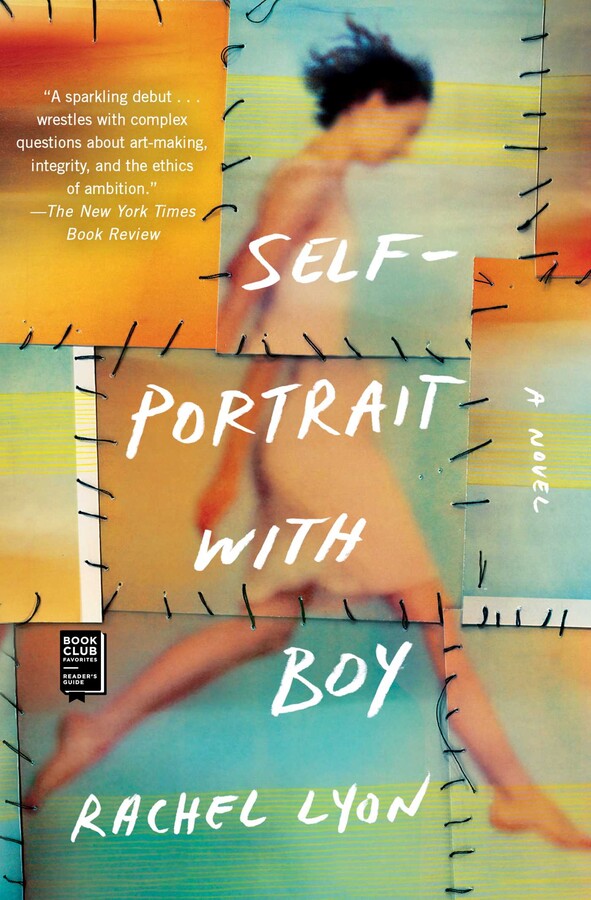What do you think?
Rate this book


401 pages, Kindle Edition
First published February 6, 2018
“Tragedy is insignificant, banal. A falling boy goes largely unnoticed.”
“It was unexpected. It was raw. It was startling. It was awful. It was beautiful. It was factual. Heartbreaking. Cruel. Fresh. Real.”
“I never meant for any of it to happen. Or no. Part of me meant for part of it to happen. I was nothing but a kid then. Twenty-six, naive, and ambitious as hell. A skinny friendless woman in thick glasses with a mop of coarse black hair. There were so many people I had not yet become.”
“I’ll tell you how it started. With a simple, tragic accident.”
“And then, somewhere among all those larger, major memories, there was this minor but foul little one: the feeling of being in my twenties at a party and looking out at some horribly attractive crowd. The feeling of them glancing at me with barely registered pity: Oh, that thing in the corner. Isn’t that funny. It thinks it’s people.”
“There is nothing more pathetic than being the only person who believes in you.”
“Her grief was so much bigger than one meager photograph. That was just art. This was death and life. I felt foolish and thickheaded—and so, so ugly.”
“At the time she was my only friend. She was so dear to me.”
“The thing about remembering is that each time you retrieve an event from the past it alters the memory itself. If to tell a story is to repaint the past, to remember is to crumple; to fold, unfold, refold, and inevitably rip. If to tell a story is to renovate, to remember is to destroy.”
“I didn’t want to talk to them. I didn’t want anyone to talk to me. I hoped a familiar hope, a hope I’d developed years before, in high school: that when they looked back on it no one would remember that I’d been there at all..”
“It could transform me from the unknown photographer I was into the artist I wanted to be: serious, disciplined, honest, ruthless. I was dizzy with anticipation. I was hungry with ambition. Self-Portrait #400 could change my life.”
